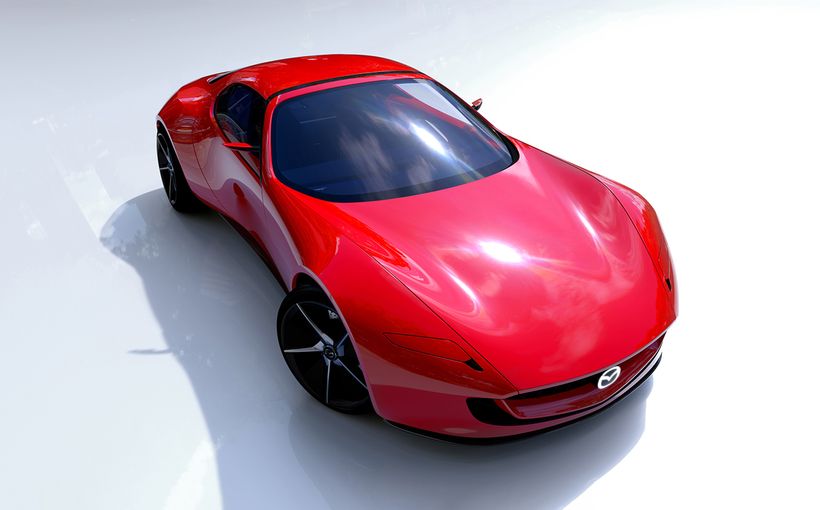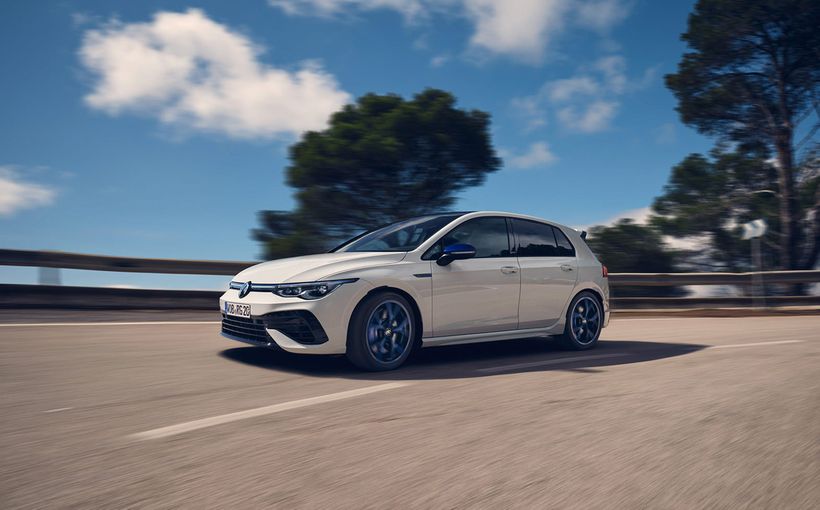Mazda RX-Vision: A glimpse into the reborn rotary’s future!
MAZDA’S rotary engine is back! Or, at least, we are very fairly sure that it is returning in the not-too-distant future.
Previewed at this year’s Tokyo Motor Show as the stage-stealing RX-Vision, the Japanese designed and built concept car is a huge statement of intent, from a company that has been alone in championing the piston-less petrol powerplant for nigh on half a century. When is the big question.

Some observers believe that the production version – already dubbed RX-7 by fans despite Mazda having said not one word about any possible name or badge – should appear at the next Tokyo passenger-car show in exactly two years time, as a 2018 model.
This would conveniently coincide with the first full-scale Mazda production rotary model’s 50th anniversary – the 1968 Familia R100, sold in Australia from 1969 to 1971.

And yes, before you write in, we know that 80 pre-production Cosmo Sports test vehicles were produced in early 1965, followed by 343 Series 1 110S versions from May 1967, and another 1176 Series II cars from just over a year later. But these were small fry compared to the global plans the brand had for the R100.
Others reckon that the RX-Vision is a peek into the thinking behind a 2020 sports car flagship that will sit somewhere between the Nissan 370Z rival and Porsche Cayman.

That’s quite a price spread, but it would be in-keeping with the third-generation (FD series) RX-7, which checked out in 1998 at $89,505 (a cool $141,000 adjusted for inflation today – that’s BMW M3 money!).
But what of the RX-Vision concept car itself? Surely it gives us vital clues as to the make-up and positioning of the upcoming sports car flagship?

Typically, of course, Mazda isn’t saying. No technical details on the reborn rotary have been released to date, other than the hardly-surprising name (SkyActiv-R).
However, the latter does suggest some worthwhile improvements in fuel (and oil) consumption, as well as much reduced emissions. All have been bugbears with the rotary since its tentative inception in that 1965 Cosmo.

According to Mazda, the SkyActiv-R name “…expresses our
intention to make breakthroughs in the rotary engine’s dynamic and environmental performance with the same high aspirations that made SkyActiv technology possible,” it says.

“There are still many issues to overcome, but we will continue our development efforts in the spirit of “never stop challenging.”
We understand that Mazda might be experimenting with new combustion methods, as well as returning to turbos, to achieve its aims. Some people are also suggesting that the rotary will be paired with hybrid technology to improve fuel economy, though weight might be an issue here.

From a design point of view, the RX-Vision concept car as it stands is clearly closer to a flight of fancy than any impending production car, due to its exaggerated sleekness, unfeasible lowness, and oversized wheels.
Yet it remains a nod to past Mazda rotaries such as the first (1978 SA/FB) and third (1991 FD) generation RX-7s, as well as the 2003-2011 RX-8, with its long bonnet, cab-backward packaging, featuring a front mid-ship engine application and rear-wheel drive.

The distinctly retro theme continues inside the concept’s minimalist two seater cabin too, thanks to a very ‘60s Italian supercar-esque dash featuring a high centre console divider, upright alloy gear lever, trio of instrument dials, and a dished three-spoke steering wheel. Memories of the Toyota 2000GT come to mind…
A 2+2 seater flagship coupe with a sports/luxury focus would put clear sky between any future “RX-7” and the unique MX-5.

Interestingly, the latter’s association with Fiat Chrysler Automobiles and the imminent Fiat Spyder means that a partner might be helping the rotary sports car over the line – at least as far as platform and components sharing is concerned. A latter-day Alfa Romeo GTV, anyone?
That is pure conjecture though, as are reports that a stretched version of the latest MX-5’s platform might suffice. Whatever the outcome, Mazda’s show-stealing RX-Vision proves that the brand is hell-bent on pleasing enthusiasts of emotional, passionate vehicles.

“We are not a big company, but the cars we make stand out,” says Masamichi Kogai, Representative Director and President and CEO of the Mazda Motor Corporation.
“Our vision is to offer customers driving pleasure along with excellent environmental and safety performance. We don’t see cars simply as a means to get from one place to another. We offer cars that not only transport people and things but also deliver driving pleasure, the essence of the automobile, and hope to enrich our customers’ lives through car ownership.

“As a car-maker, only if we can do these things does our existence have meaning, and only then can we make a contribution to the automobile industry.”
Mazda design chief Ikuo Maeda adds: “This model represents our dream, but we are not going to let it stay a dream forever.”
We cannot wait to see what Mazda does next with the rotary engine. Can you?
Byron Mathioudakis GoAuto.com.au
Protect your Mazda. Call Shannons Insurance on 13 46 46 to get a quote today.









